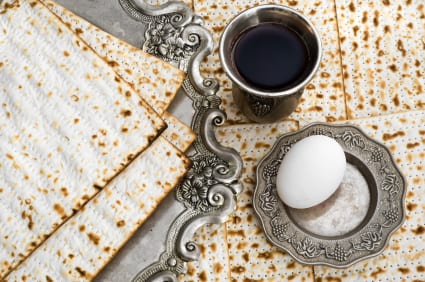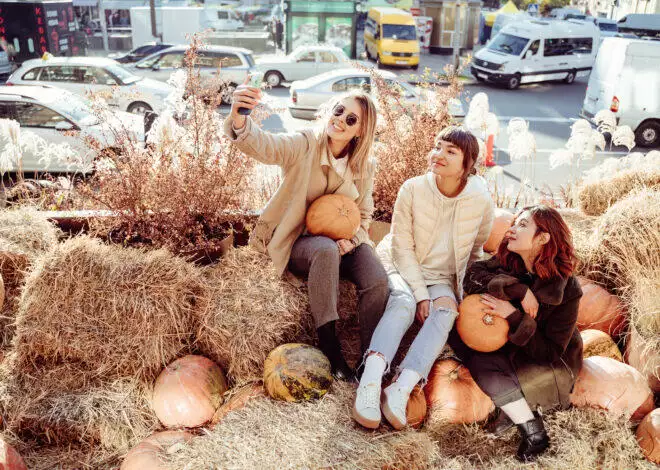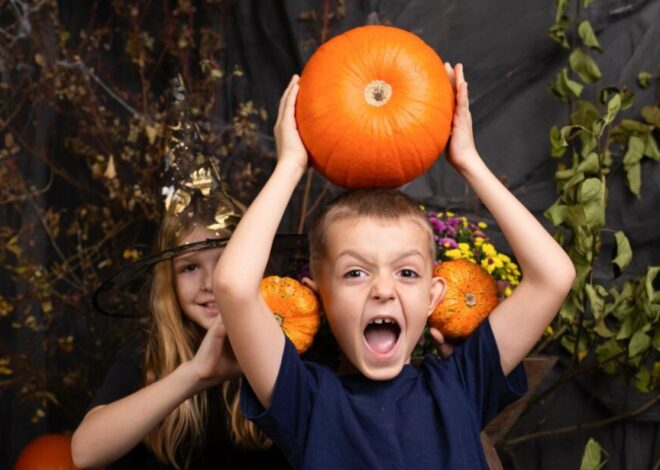The Passover holiday, with its Seder celebration, is perhaps the most well-known of all the Jewish holidays. Passover commemorates the freedom of the Jews from 400 years of slavery in Egypt. You can read about this story in the Book of Exodus in the Bible. Passover refers to the angel of death passing over the homes of Jewish people and sparing their firstborn during the final of 10 plagues. Passover lasts for eight days, during which time the Jewish people observe certain rituals. Children learn lessons, often in the form of games, during this time.
Clear Out the Breads
You need to remove all breads from your home before preparing for Passover. You can make this a game with your kids. Have them look for all the bread, cookies and cupcakes that are around the house. They should bag up anything they find in sealed plastic bags. Once they find everything, your children can bring the food to a friend or neighbor or donate the food to a local food bank.
Matzo Game
During the Passover Seder, perhaps the most fun for children is finding the Afikomen. At the Seder table, three ceremonial matzos are on the table. The middle matzo is broken in half. The larger half is the Afikomen, which an adult hides somewhere in the room. At the end of the Seder, the children hunt for the Afikomen. Matzo is unleavened bread and symbolizes the Jewish people fleeing Egypt in a hurry, without any time to let their bread rise.
Asking the Four Questions
The Passover Seder is designed to give a history lesson. Traditionally, the youngest child will ask the Four Questions that explain what the Seder rituals mean. Because your child is posing the questions, she might be more interested in learning the answers. The questions will open a dialogue that will help your child understand the Passover story.
Meaning of Foods
The Seder plate has five foods, all with a special meaning. Give out a sticker or other small prize for each meaning your children know. Charoset is a walnut, wine, cinnamon and apple mixture, which represents the mortar and pestle the slaves used. (This is a favorite food of many kids at the Seder.) Parsley dipped in salt water is a symbol of the tears of the Jewish slaves. The roasted egg symbolizes spring and fertility. The shank bone represents the sacrificial lamb offered at the holy temple. The Jewish people put the lamb’s blood on their doorjamb so that the angel of death would pass over their homes. Bitter herbs, which in this case is horseradish, symbolize the harshness of slavery.
Crafts
You can make various Passover crafts with your children in preparation for the holiday. Since people recline on pillows during the Seder, you could decorate special Seder pillowcases, according to the Chadis Crafts website. You can use fabric paints, rubber stamps or hand prints. You could make matching place mats, too. Decorate on paper, and if you have a laminating machine or have access to one, perhaps at school, you can laminate the place mats.





